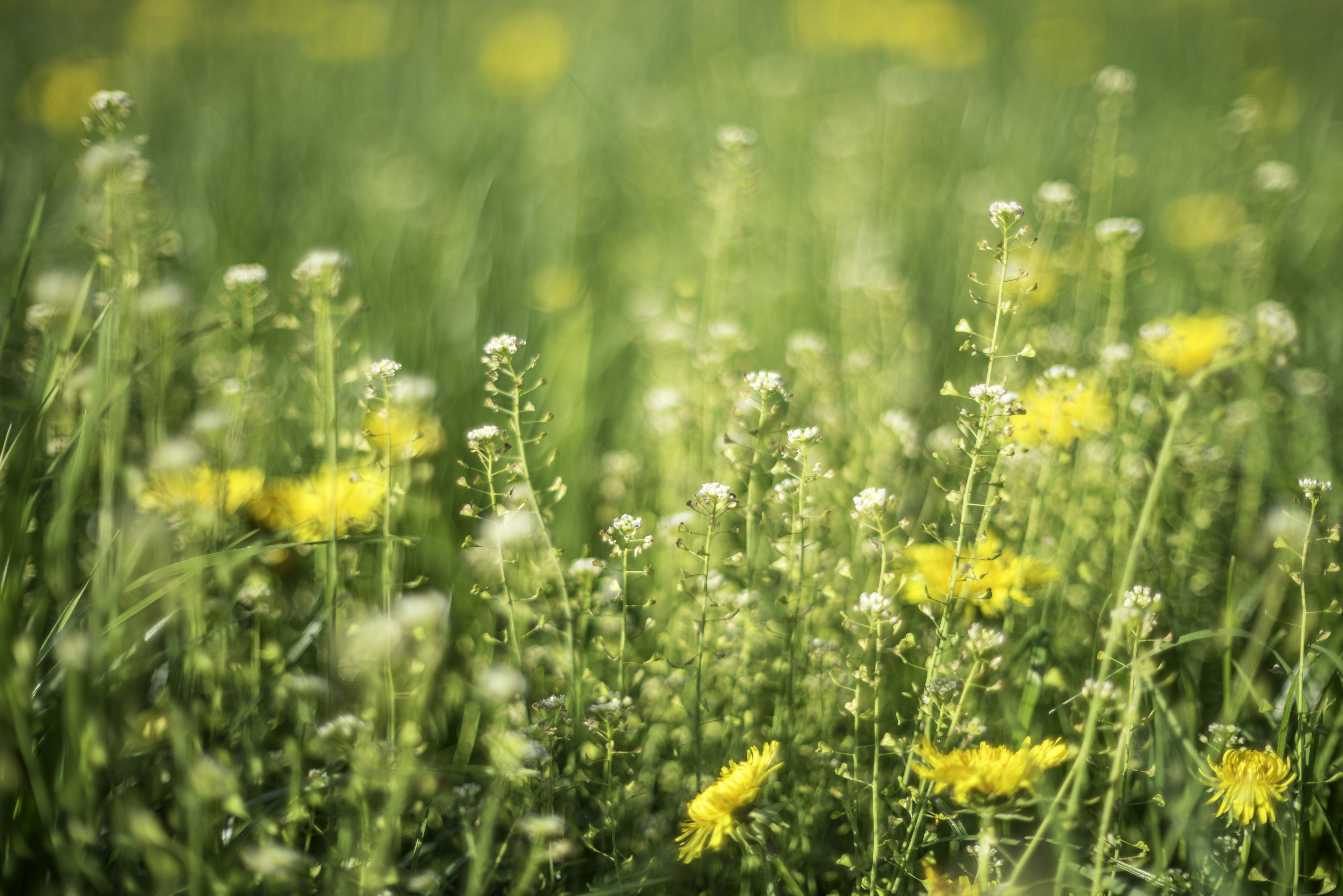
Fall and winter are typically a time of year where illnesses peak. Think flu, RSV, COVID and more.
But during the height of the coronavirus pandemic, many viruses saw a dramatic decline as mask-wearing and isolation protocols surged.
With COVID guidelines now easing even further, experts say that could bring the return of other respiratory viruses.
"Unless behavior changes and people go back to mask-wearing, we will see a lot more of all of these respiratory viruses," said Dr. Sharon Welbel, the director of Hospital Epidemiology and Infection Control for Cook County Health. "We're already seeing some influenza."
Welbel noted that during COVID, particularly when mask-wearing was at its peak, "we hardly saw any of the respiratory viruses circulating."
That was evidenced by data from the Illinois Department of Public Health, which shows that flu activity from the 2020-2021 season was significantly lower than 2019 or 2018. The 2021-2022 season increased slightly, but continued to stay lower than pre-pandemic levels.
Whether or not the 2022-2023 will see numbers equal to or higher than pre-pandemic levels remains to be seen, however.
Local
"We will see more... I don't know if it'll be out of proportion to what we've seen historically," Welbel said. "There's no question without mask wearing we'll see more COVID, more flu, more RSV, lots - I could name a lot of the other respiratory viral viruses. We'll see all of them. And again, if people don't want to get them they can wear masks."
NBC News reported earlier this month that flu was surging in Australia, marking a shift for the country since the start of the pandemic and potentially pointing to signs of what's to come for the U.S. As of Aug. 4, the country was reporting its worst flu season in five years.
Feeling out of the loop? We'll catch you up on the Chicago news you need to know. Sign up for the weekly Chicago Catch-Up newsletter here.
"We watch the all of the Southern Hemisphere countries very closely, hoping that we get some sort of insight, but it's not perfect by any means," Dr. Alicia Fry, the chief of the Epidemiology and Prevention Branch of the Centers for Disease Control and Prevention, told NBC News.
The timing of the start of flu season can be an indicator of what to expect, with earlier flu seasons potentially being more severe. That was the case in Australia.
Another factor will likely be vaccinations.
With an updated COVID vaccine specifically geared toward the BA.5 variant and omicron on the horizon, experts are optimistic that protection could be even better heading into the fall and winter months.
"The good news is that we've not seen a new variant emerge yet and... the new vaccine, remember, was specifically made - it was delayed a little bit - to be able to cover BA.4 and [BA.5]," Chicago Department of Public Health Commissioner Dr. Allison Arwady said Tuesday.
Last winter saw the emergence of omicron paired with lingering delta variant infections and a rise in flu infections compared to the year prior.
For flu, it will likely depend on how effective this year's vaccine is.
Last season's flu vaccine offered meager protection against mild cases of influenza, the CDC reported.
Against the most common flu strain circulating at the time, the flu shot reduced a person's chance of getting a mild case by 16 percent, which is "considered not statistically significant," CDC authors wrote, though the shots did offer some protection against more severe illness.
The CDC recommends preparing for flu vaccines as early as next month.
"For most people who need only one dose for the season, September and October are generally good times to get vaccinated," the CDC reports. "Vaccination in July and August is not recommended for most adults but can be considered for some groups. While ideally it’s recommended to get vaccinated by the end of October, it’s important to know that vaccination after October can still provide protection during the peak of flu season."



